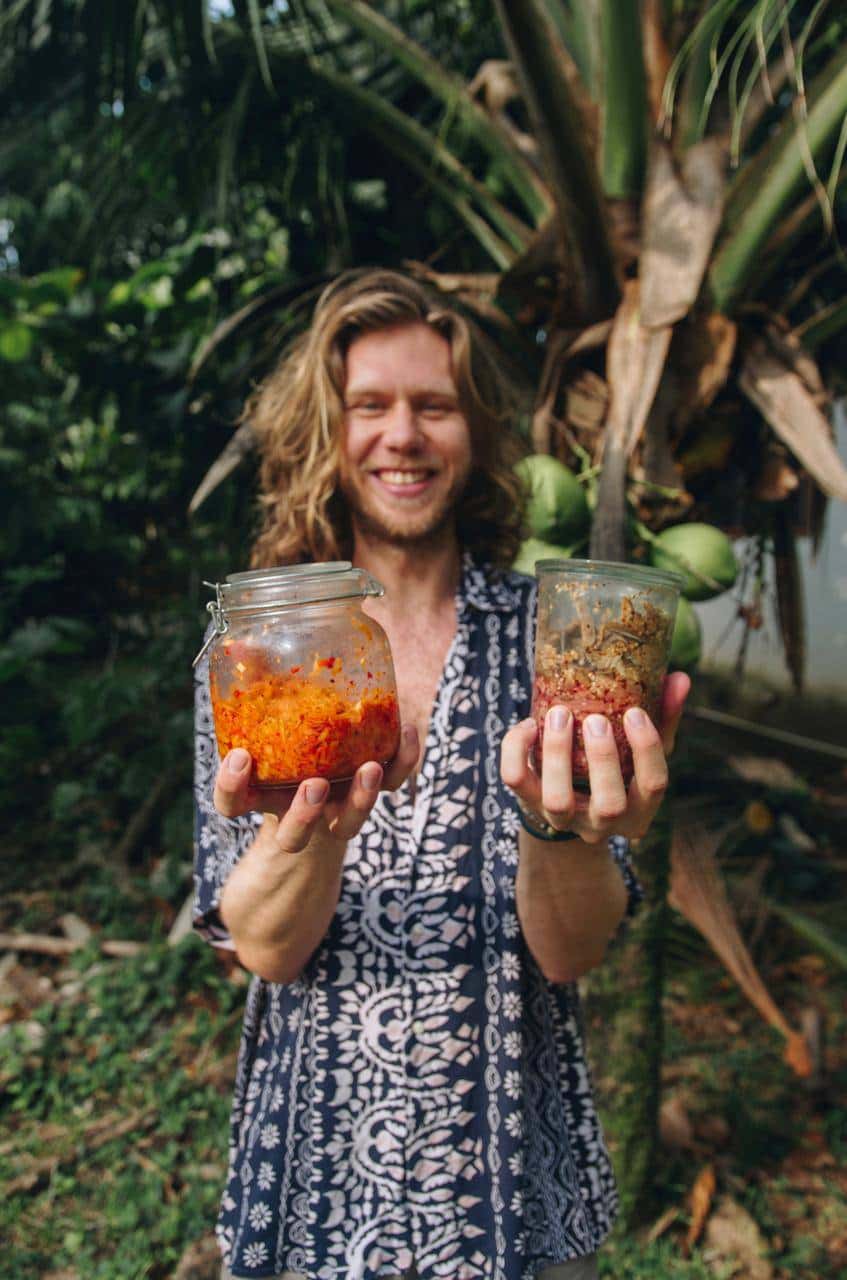Tempeh is a delicious and versatile fermented food originating from Indonesia made from soybeans. It has become increasingly popular due to its health benefits, including being a good source of protein and probiotics. Making tempeh at home is a simple and fun process that can help you save money and control the quality of your food. In this blog post, we’ll cover everything you need to know to make tempeh at home.
Jump to recipeWhat is tempeh? Tempeh is made by fermenting cooked soybeans using a special type of fungus called Rhizopus oligosporus 1. During the fermentation process, the fungus grows on the soybeans, binding them together and producing a nutty, chewy texture.
Why make tempeh at home? Making tempeh at home allows you to control the quality of the soybeans used and ensure that there are no added preservatives or artificial ingredients. It can be more cost-effective than buying store-bought tempeh and allows you to customize the flavor and texture to your liking.
Ingredients
- 2 cups of (soy)beans (you can use any type of bean!)
- 2 tablespoons of vinegar
- Tempeh starter culture
- Water
Instructions
- Soak the soybeans in a large bowl of water overnight or for at least 8 hours.
- After soaking, drain the soybeans and rinse them thoroughly.
- Cook the soybeans in a pot with water until they are tender, approximately 45 minutes.
- Drain the cooked soybeans and rinse them with cold water to cool them down.
- Mix the vinegar into the soybeans and let them cool until they are just warm to the touch.
- Sprinkle the tempeh starter culture over the soybeans and stir thoroughly to distribute the culture evenly.
- Put the soybean mixture into a container and cover it tightly.
- Place the container in a warm area with good air circulation – ideally around 80°F to 90°F (27°C to 32°C) for the next 24 to 48 hours.
- After 24 to 48 hours, check the tempeh to ensure that it has a white, fuzzy coating indicating that the fermentation has taken place.
- Once the tempeh has fully fermented, it is ready to be used in your favorite recipes.
Tips
Use soybeans that are preferably organic and non-GMO. -Ensure that your utensils, work surfaces, and containers are sterile to avoid contamination. -Experiment with flavors by adding
Want to know more about fermentation? Follow me @anyonecanferment

